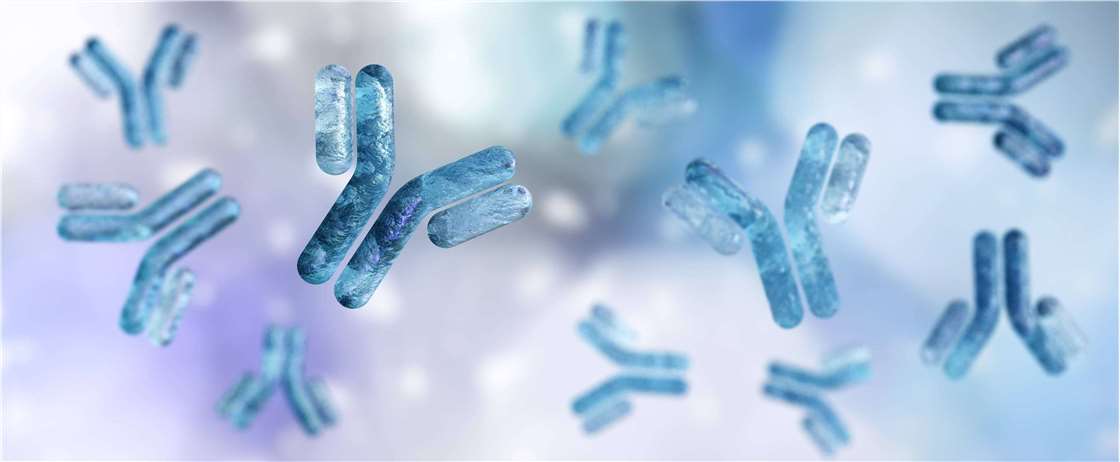Phage display technology is an efficient gene expression screening technology. Foreign proteins or peptides are fused with specific phage capsid proteins, displayed on the surface of the phage, and maintain relatively independent spatial conformation and biological activity, which is conducive to the specific recognition and binding of target molecules, so as to achieve the unity of genotype and expression type. Since the use of genetic engineering and technology invention of phage display technology was first reported up to now, the technology development has been relatively mature and has been widely used in antigen epitope analysis, the preparation of monoclonal antibodies, humanized anti-platelet antibodies, drug screening, vaccine development, immunological disease diagnosis, treatment, and other scientific research areas. Based on our rich field experience and advanced research platform, Creative Biolabs provides a comprehensive service to support solution sorting library screening.
 Fig 1. Antibodies
Fig 1. Antibodies
Screening of antibody libraries refers to the screening of antibodies specific to a particular antigen from an antibody library. It mainly includes two steps—antibody biopanning and antibody identification. Screening of antibody libraries is the key link in the process of obtaining high affinity antibodies. The nature of monoclonal antibodies varies greatly, and in specific experiments, strict screening conditions should be set according to different monoclonal antibodies. Generally speaking, there are two kinds of screening methods: classical screening method and novel screening method.
Classical screening methods mainly include solid phase library screening and solution sorting library screening. These methods are mainly used for antibody screening when the nature of the antigen is clear. When the antigen cannot be purified or the nature of the antigen is unknown, the classical screening method cannot realize the screening. In this case, it is necessary to screen the antibody library by novel screening methods. At present, the more mature new screening methods include cell-based library screening, tissue section library screening, in vivo library screening, selective infection library screening, protein microarray library screening, protease substrate screening, and so on.
Solution sorting library screening is a classical screening method. The method of solution sorting library screening is to use streptavidin magnetic beads in the liquid phase to wash away the unbound phage and retain the bound phage. The bound phage was eluted by changing the elution conditions, and the phage is used to infect the bacteria. After amplification, the next round of screening was carried out. Solution-sorting library screening enables fuller contact between antigen and antibody than solid phase library screening. Solution sorting library screening can also be done by decreasing the concentration of the encapsulated antigen to obtain antibodies with higher affinity, or according to the kinetic principle of antigen-antibody binding. After the biotinylated antigen binds sufficiently to and saturates the specific phages in the library, the unbiotinylated free antigen with tens to hundreds of times can be used to dissociate the antibody with lower affinity to obtain the antibody with high affinity.
Creative Biolabs has a wealth of knowledge and experience in phage display library screening. We are happy to share our knowledge and experience in the field of solution sorting library screening with you.
All listed services and products are For Research Use Only. Do Not use in any diagnostic or therapeutic applications.
| USA:
Europe: Germany: |
|
|
Call us at: USA: UK: Germany: |
|
|
Fax:
|
|
| Email: info@creative-biolabs.com |
